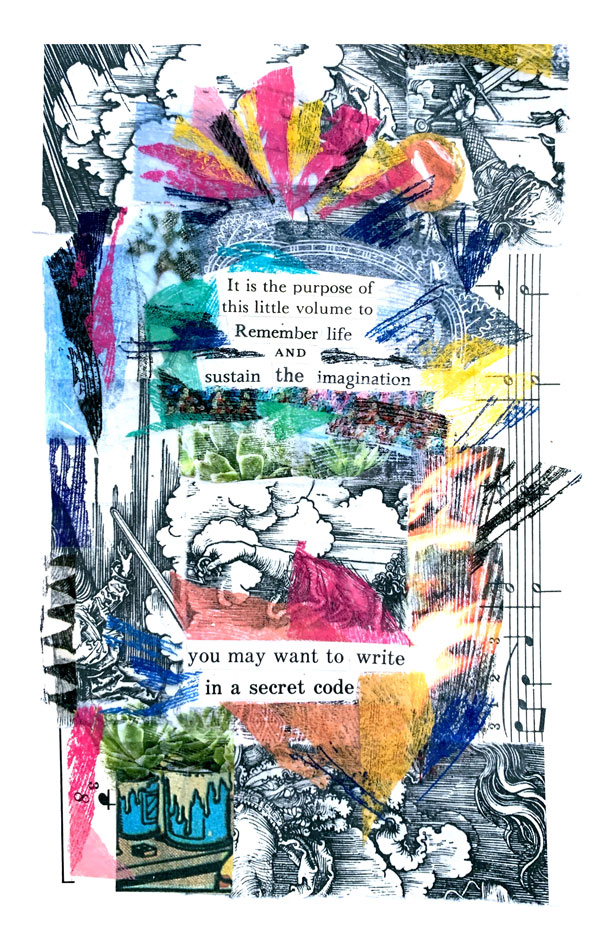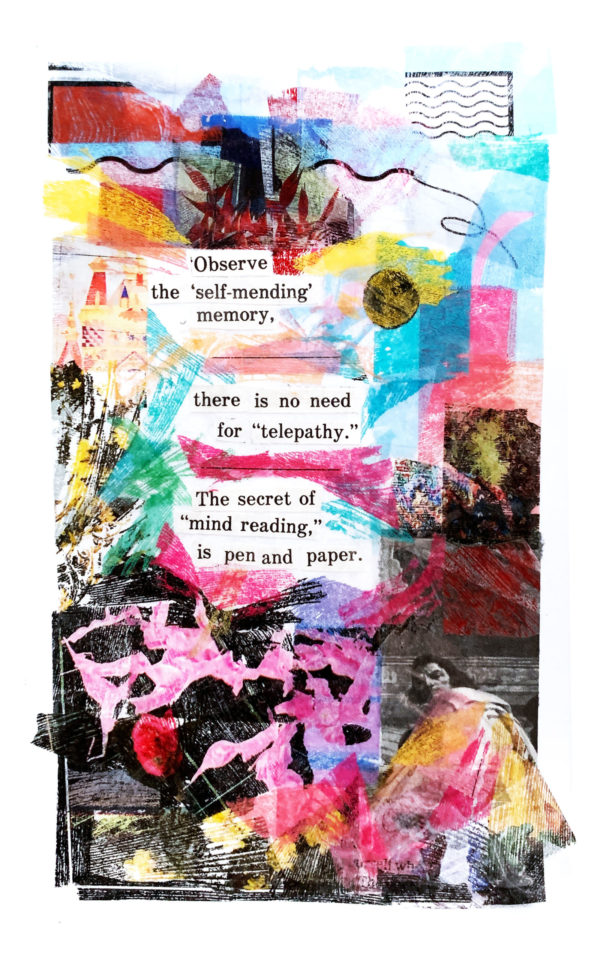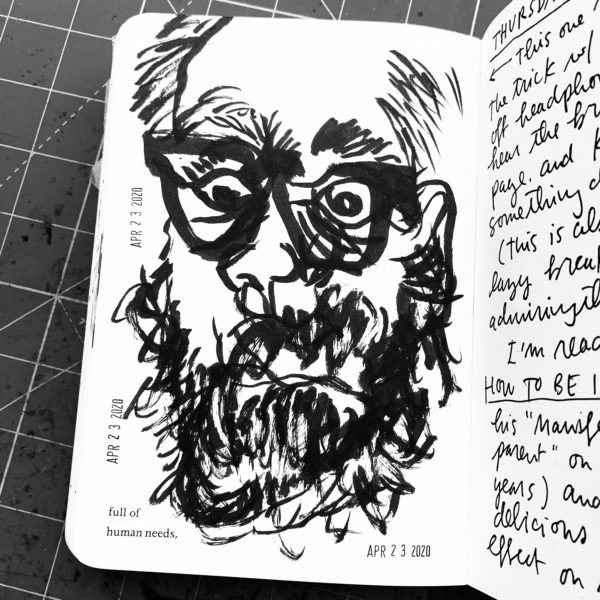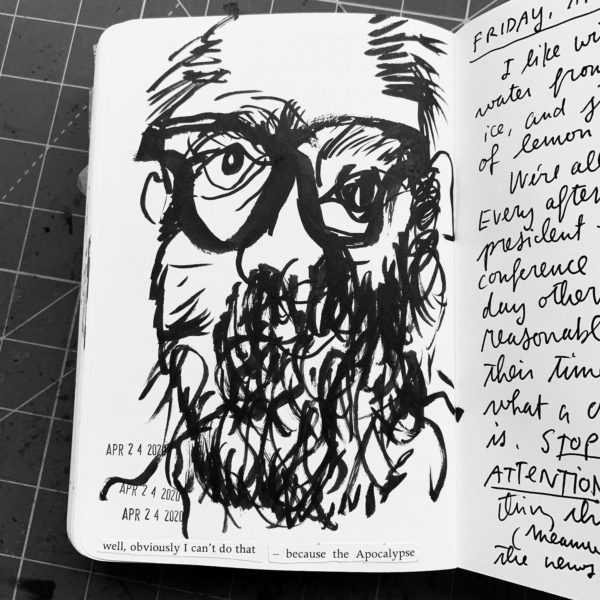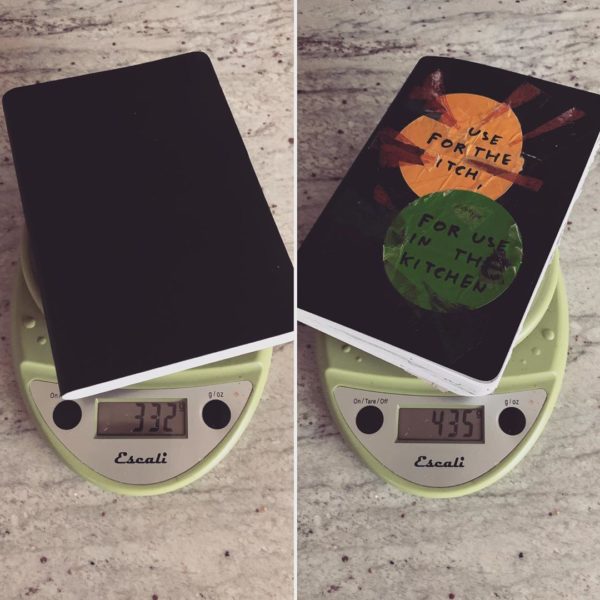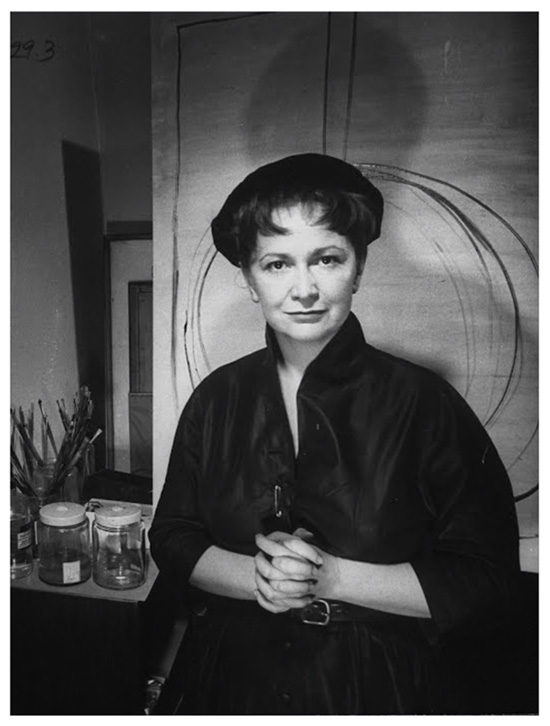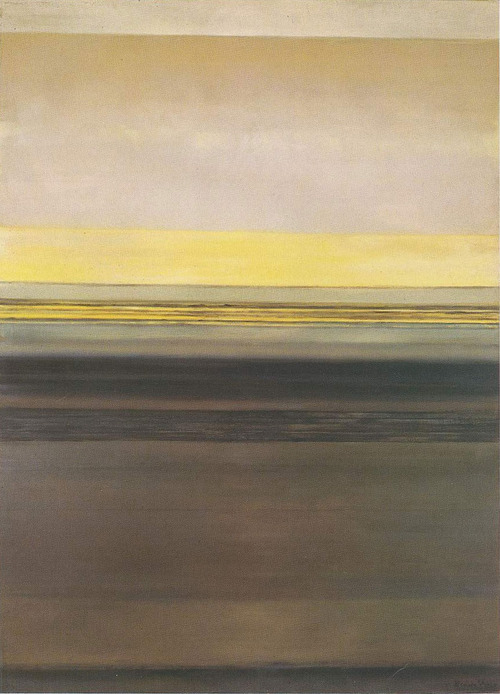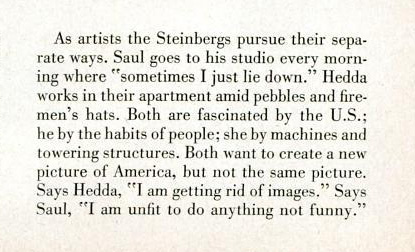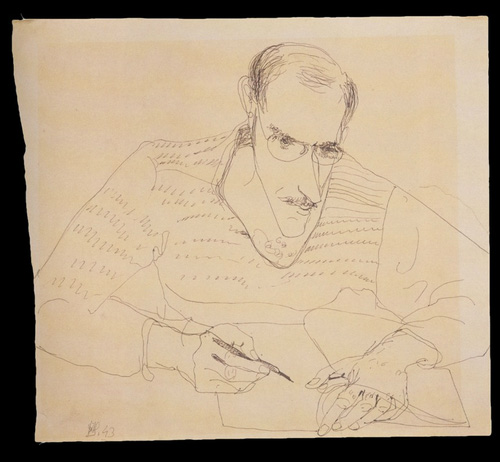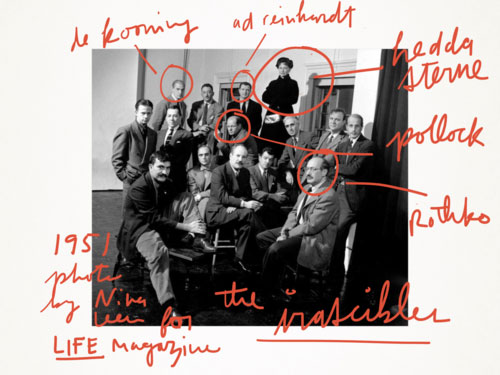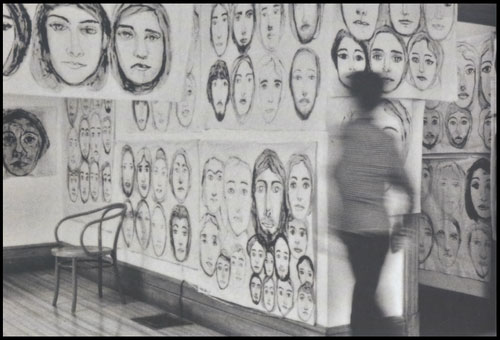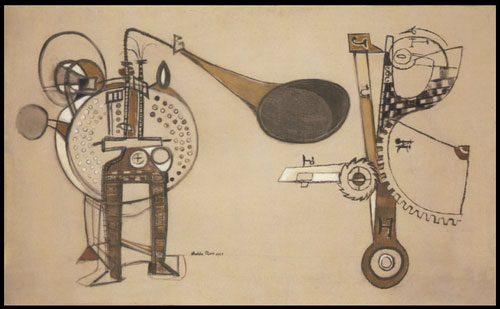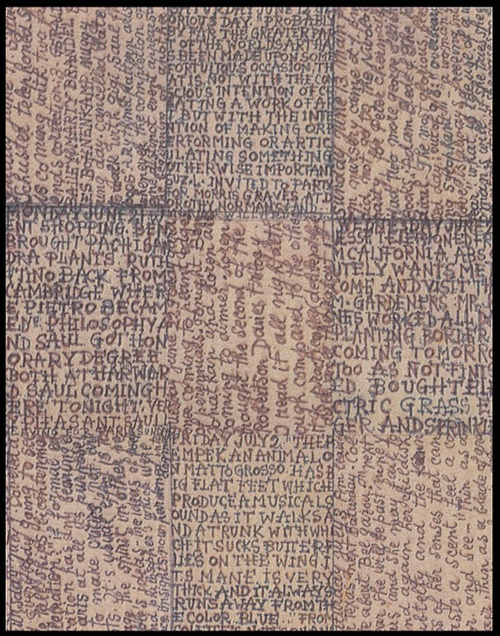
In The Spendid and the Vile, his new book about Winston Churchill, London, and The Blitz, Erik Larson uses many diaries and accounts from the archives of Mass Observation, described by Larson as “organization launched in Britain two years before the war that recruited hundreds of volunteers to keep daily diaries with the goal of helping sociologists better understand ordinary British life.”
“When I realized that this was in existence,” he recently told Rolling Stone, “I died and went to heaven.”
The organization — a very official-sounding word — actually began its life in 1937 as a kind of avant-garde anthro-poetic project by three dudes with wildly different backgrounds, as detailed in Caleb Crain’s wonderful and weird history, “Surveillance Society,” published by The New Yorker in 2006. (Crain’s blog has more background and links.)
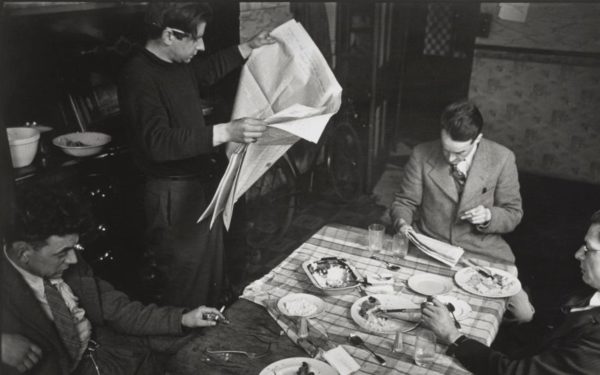
The original cast of characters was: “Charles Madge, a poet, journalist, and card-carrying Communist; Humphrey Jennings, a Surrealist painter and documentary filmmaker; and Tom Harrisson, a renegade anthropologist more at home with cannibals than with academics.”
The group began with a letter to the New Statesman and wrote several more manifestos, detailing their plans to perform “an anthropology of ourselves,” and draw up “weather-maps of public feeling.” They wanted to get a real picture of everyday life and get regular people, in large numbers, to do the poet’s work of pulling the extraordinary out of the ordinary.
In a 1937 article in New Verse, called “Poetic Description and Mass-Observation,” they claimed that “In taking up the role of observer, each person becomes like Courbet at his easel, Cuvier with his cadaver, and Humboldt with his continent.”
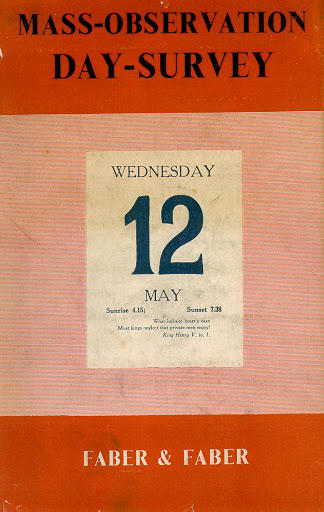
Subjects suggested to be studied:
Behaviour of people at war memorials.
Shouts and gestures of motorists.
The aspidistra cult.
Anthropology of football pools.
Bathroom behavior.
Beards, armpits, eyebrows.
Anti-semitism.
Distribution, diffusion and significance of the dirty joke.
Funerals and undertakers.
Female taboos about eating.
The private lives of midwives.
Though they didn’t set out to chronicle wartime, the hundreds of diaries and surveys submitted during the war years ended up becoming an invaluable record of Britain in WWII.
They published several books, a few of which have been reissued by Faber, including First Year’s Work, May the Twelfth and Britain.

For a taste of some of the early Mass-Observation material, head over to Bolton Worktown, which has a wonderful selection of photos taken by Humphrey Spencer of the town of Bolton. (Bolton was the subject of one of the Mass-Observation books, The Pub and The People.)
To see the wide variety of the materials in the Mass Observation archives, check out their Twitter feed: @MassObsArch.
Mass Observation is still going, by the way: on May 12th this year they asked people all over the UK to document their experiences with COVID-19.
